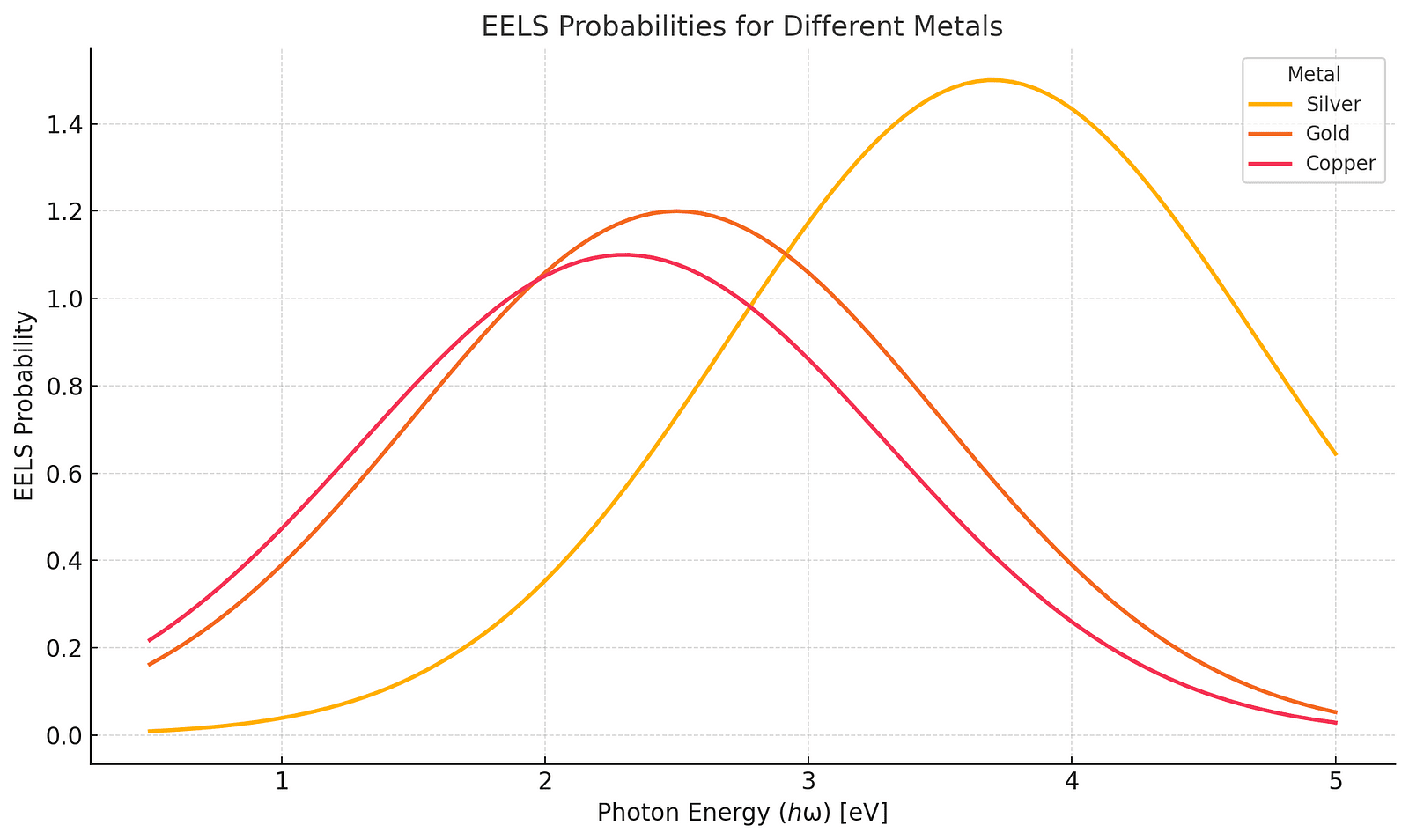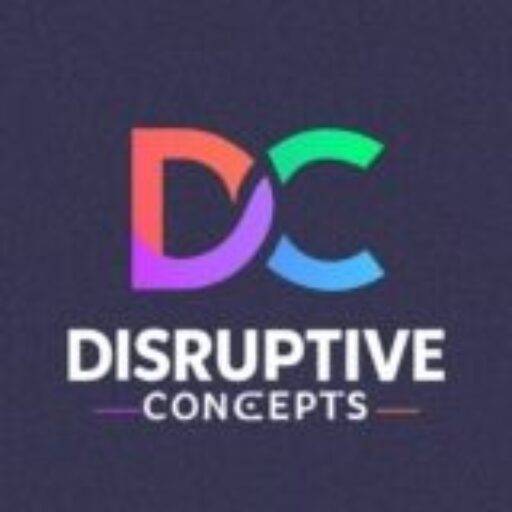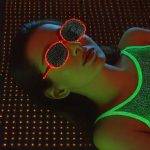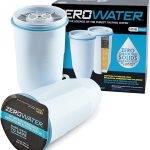
Imagine capturing the whispers of nature’s most intricate designs by observing how electrons lose energy while traversing through tiny tunnels. This phenomenon, known as relativistic electron energy-loss spectroscopy (EELS), has become a cornerstone of modern material science. EELS allows us to peer into the world of atomic-scale interactions, uncovering the secrets of materials’ properties and their potential applications. Recent advancements have focused on cylindrical systems such as waveguides and holes, expanding the horizon of nanophotonics and polaritonics. This article delves into the intricacies of how electrons interact with cylindrical structures, unveiling pathways for revolutionary technologies like quantum computing and nanoscale sensors.
Plasmonic Fingerprints: Decoding Material Behavior
Plasmon polaritons, quanta of collective charge oscillations intertwined with electromagnetic fields, are pivotal in shaping nanophotonic applications. Imagine ripples forming on a pond when a stone is tossed — plasmons behave similarly within materials, but their behavior is dictated by the material’s atomic structure. EELS becomes the detective tool that identifies these ripples’ patterns.
Through meticulous studies, researchers have developed analytical frameworks to simulate EELS in cylindrical systems, providing insights into the interactions of swift electrons with these structures. These frameworks not only help decode the energy-loss probabilities but also pave the way for designing better sensors, imaging systems, and even flexible electronic devices. The potential to manipulate plasmons offers promising applications, from enhancing chemical reactions to enabling subwavelength optical sensing.
The Innovation in Analytical Techniques
In this study, researchers addressed limitations in previous models by introducing closed-form analytical solutions for perpendicular electron trajectories relative to cylindrical axes. This advancement bridges a critical gap, enabling precise calculations for materials with complex geometries like nanorods and cylindrical holes.
A pivotal part of the study involves comparing analytical results with advanced numerical simulations. By aligning theoretical predictions with simulations based on boundary-element methods (BEM) and discontinuous-Galerkin time-domain (DGTD) methods, researchers validated their models. The synergy of analytical and computational approaches ensures robust and accurate predictions, enhancing our ability to tailor materials for specialized applications.
Applications and Real-World Impacts
From enhancing solar panel efficiency to innovating quantum photonics, the potential applications of this research are immense. Cylindrical systems, such as nanowires and waveguides, are critical components in modern devices. Understanding how electrons interact with these structures allows for the design of more efficient optical and electronic systems.
To illustrate, consider the application in quantum computing: precise manipulation of plasmons in nanostructures could lead to faster and more reliable quantum bits (qubits). Similarly, in medical imaging, EELS-guided designs can refine imaging techniques, enabling earlier detection of diseases. The benefits extend to sustainable technologies, with potential breakthroughs in energy harvesting and storage systems.
Below is a comparative analysis of EELS probabilities for electrons interacting with silver, gold, and copper cylinders at varying radii. This visual representation highlights the role of material choice and geometry in determining energy-loss behavior.

Nature’s Nanoscopic Symphony
Plasmons can confine light to volumes far smaller than its wavelength, unlocking new realms in nanophotonics.
Precision Beyond Diffraction Limits
EELS surpasses traditional optical methods, providing sub-ångström spatial resolution by leveraging the small de Broglie wavelength of electrons.
Quantum Frontiers
Understanding electron interactions in nanostructures paves the way for innovations in quantum state manipulation and computing.
Sustainable Tech Potential
Material insights from EELS could revolutionize energy storage, improving battery performance and solar energy harvesting.
Medical Advancements
Non-invasive imaging techniques guided by EELS can detect minute biological changes, aiding in early disease diagnosis.
Future Horizons: From Nanostructures to Nanoworlds
As we refine our understanding of EELS and cylindrical systems, the possibilities seem boundless. This research highlights not just the physics of electron-material interactions but the transformative potential of these interactions in real-world technologies. From creating invisible materials to designing smarter sensors, the interplay of electrons and nanostructures promises a future where the boundaries of technology and nature blur seamlessly. As researchers decode these mysteries, the age of nanoworlds emerges, carrying with it solutions to humanity’s grandest challenges.
About Disruptive Concepts
Welcome to @Disruptive Concepts — your crystal ball into the future of technology. 🚀 Subscribe for new insight videos every Saturday!
See us on https://twitter.com/DisruptConcept
Read us on https://medium.com/@disruptiveconcepts
Enjoy us at https://disruptive-concepts.com
Whitepapers for you at: https://disruptiveconcepts.gumroad.com/l/emjml
New Apps: https://2025disruptive.netlify.app/







